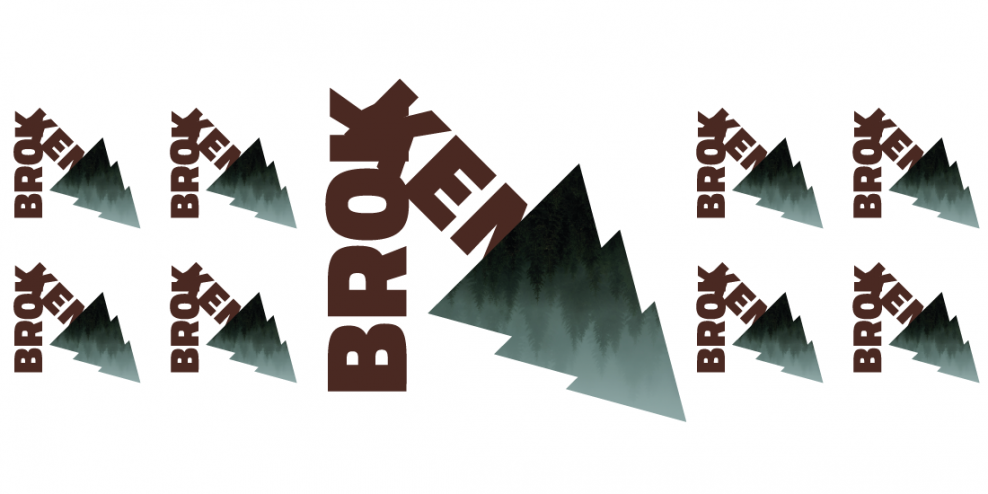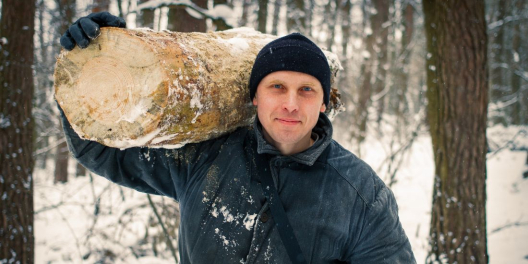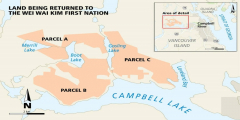Once upon a time, BC’s forest service was led by and staffed with people who were motivated, passionate, and who deeply understood forestry.
Imagine that?
That’s how Anthony Britneff remembers it. He’s a retired forester, and he published an article last year with the Evergreen Alliance. In it, he reflected on the negative changes he witnessed in his 40 years of service.
When he joined the forest service in the late 1960s, Britneff says it was defined by a strong culture and unity of purpose. People were proud to work there.
The Chief Forester had a degree in forestry and had the same basic training in forest inventory, data collection and management, and mapping as all other foresters. Staff understood the critical importance of forest inventory for forest management, and planning and establishing the allowable annual cut (AAC). Chief Foresters rose to the top through merit as public servants.
The forest service also used to have actual staff on the ground in the regions. There were more than 103 ranger stations and field offices throughout the province and 81 management areas, known as Public Sustained Yield Units.
Britneff said that all began to change in 1978. The forest service began tilting away from regulation and stewardship toward industry profit and plundering: a new Forest Act drastically cut field staff and centralized forest administration.
Ranger stations and field offices were scrapped and replaced with 36 district offices. In addition, the government merged the Public Sustained Yield Units into 36 management areas, known as Timber Supply Areas.
Britneff calls it the “regulatory capture” of the forest service, the organization responsible for managing 56,000,000 hectares of public forest. That’s about the size of France.
It was a troubling shift. And it’s had lasting impacts on the mismanagement of public forests. Mike Apsey was installed as the Deputy Minister of Forests. Aspey came directly from the Council of Forest Industries (COFI,) the industry organization set up to lobby the government on behalf of the big timber.
Apsey introduced a policy called “sympathetic administration” toward the logging industry. Up to that point, the role of the forest service had been strictly to regulate the industry. Now, the goal was to accommodate the industry and make new rules that promoted over-logging.
Apsey also initiated the Ministry of Forests and Range Act, which is still in force today. That legislation clearly spells out five purposes and functions of the forests ministry, which are, for the most part, logging-centric and industry-focused.
Apsey exited the BC Forest Service in 1984. He went back to COFI as its President and CEO. But he left behind a system of massive subsidies for the forest industry. And the small business program.
Animals, soil, water and our atmosphere have paid the price.
Mike Harcourt was elected premier in 1992. At that time, BC had become known as the “Brazil of the North” for its scorched-earth forest practices. He had to do something to change the province’s lousy reputation and ease market pressures.
Two years later, Larry Pedersen became Chief Forester. According to Britneff, Pedersen was the last person in that position who had the core skills of forest inventory, and growth-and-yield modelling.
Harcourt’s government brought in the Forest Practices Code of British Columbia Act in 1995. Things turned around for a while there. Stakeholders and the public helped draft land-use plans and legislation. There was a restored faith in the forest service.
But this faith was short-lived.
After his election in 2001, Gordon Campbell purged the BC forest service. He axed the research, inventory, and forest health programs. He also cut 94 percent of the public money that was meant for reforesting lands destroyed by fire and the mountain pine beetle.
The new government shamelessly brought in COFI lawyers to help him draft a new Forest and Range Practices Act. Unfortunately, the new laws had industry fingerprints all over them. For example, protection of non-timber values could not “unduly reduce the supply of timber.”
So it’s okay to protect the forest as long as we don’t get rid of the trees?
Even worse, a new policy of “professional reliance” was brought in that opened the door to industry self-regulation. Yes, the logging industry was allowed to regulate itself. It was a disaster—a terrible example of the fox guarding the hen house.
COFI even helped approve forest service staff. Talk about a conflict of interest.
In 2003, Mike Apsey’s small business program morphed into BC Timber Sales, which was responsible for 20 percent of the allowable annual cut. The BC government had joined the ranks of other logging giants.
It gets even worse.
In 2009, the ministry told forest service staff to view their work through “an industry lens.” Finally, in 2012 the BC Forest Service was officially dissolved and rolled into a super ministry—Forests, Lands and Natural Resource Operations.
Government Chief Foresters used to make policy within government. Now they rely on advice from industry experts. As a result, the industry gets to decide the rules they’re supposed to follow.
There are few if any, oversight and enforcement staff. And the few that remain have no real travel budgets, and BC is a big province.
When it comes to protecting forests, the government has made itself toothless and ineffective.
According to Britneff, this has left” the forests ministry unfit to continue as the trustee responsible for the care of the public’s provincial forests.”
That’s a sad statement. And it’s no wonder our forests are in the mess they’re in today.









